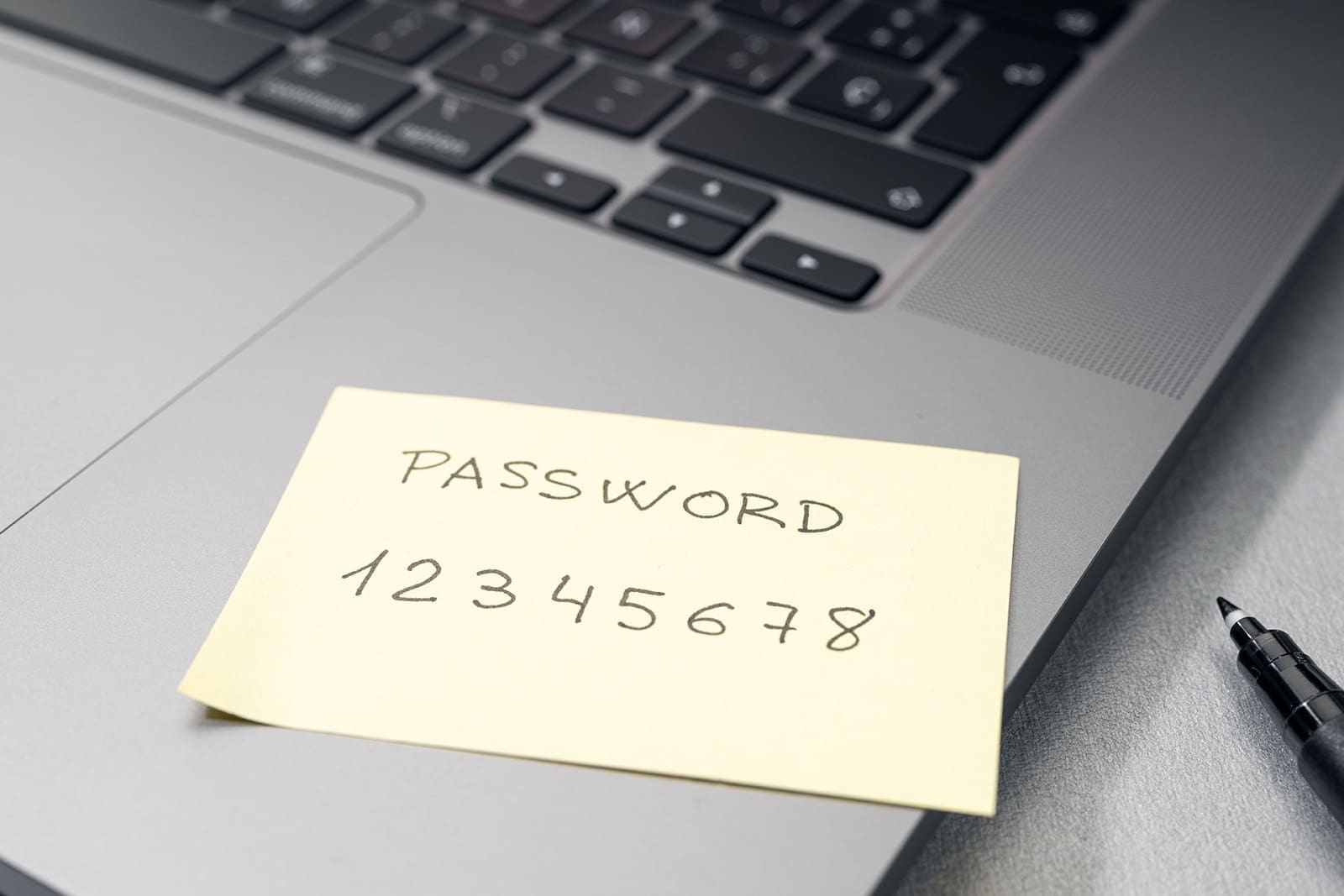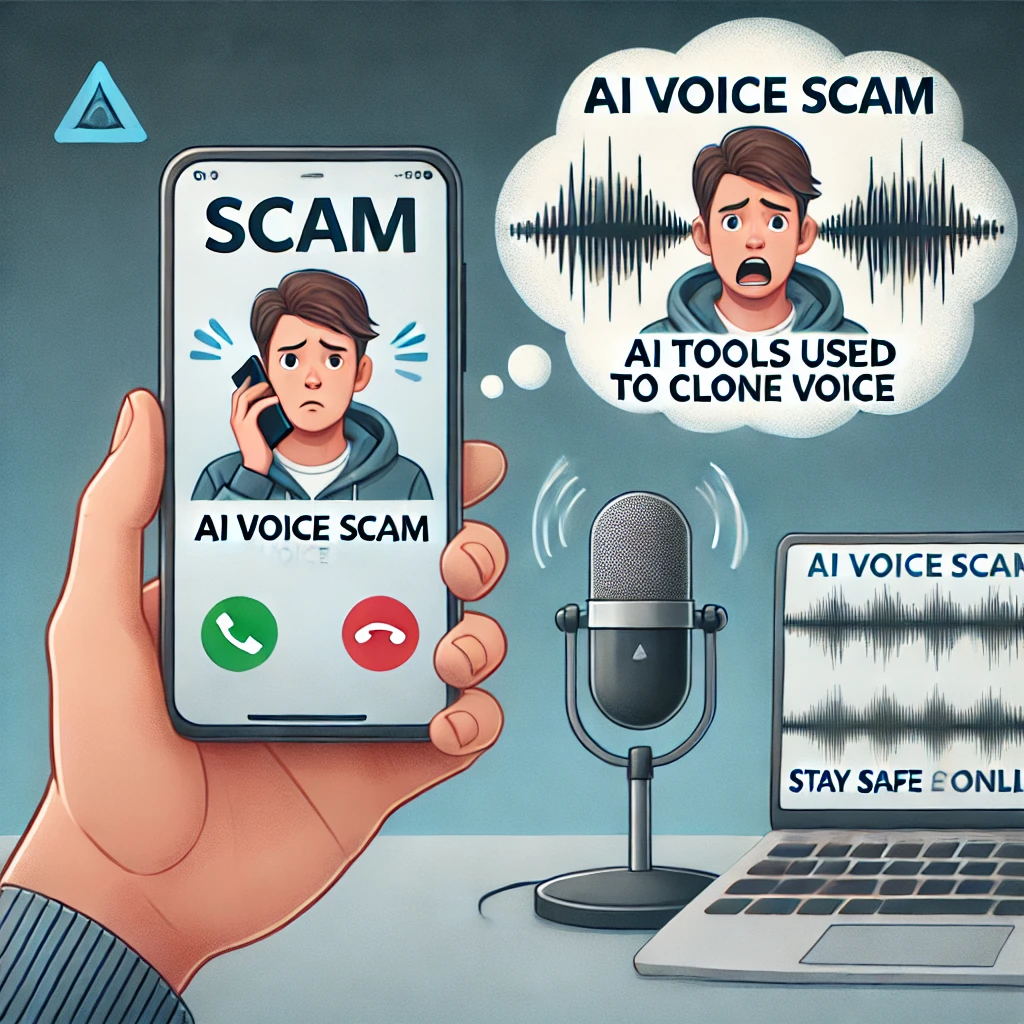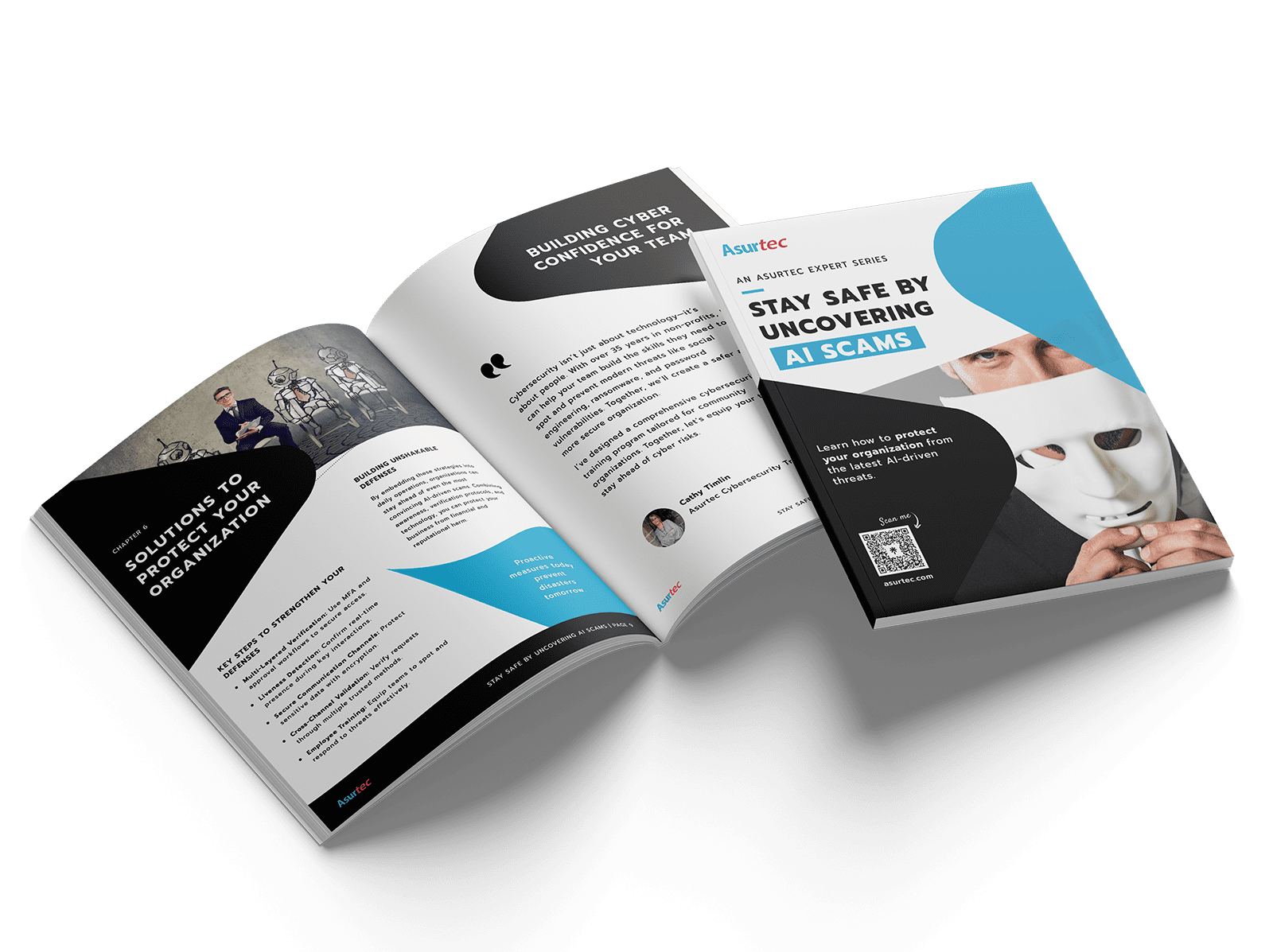The Hidden Cybersecurity Risks Non-Profits Overlook (And How to Fix Them)
Scott Trevithick
Many non-profits face cyber threats without knowing it. Learn how to protect donor data and fix common security gaps — even with a limited budget.



Copyright © 2025. Asurtec. All rights reserved.
